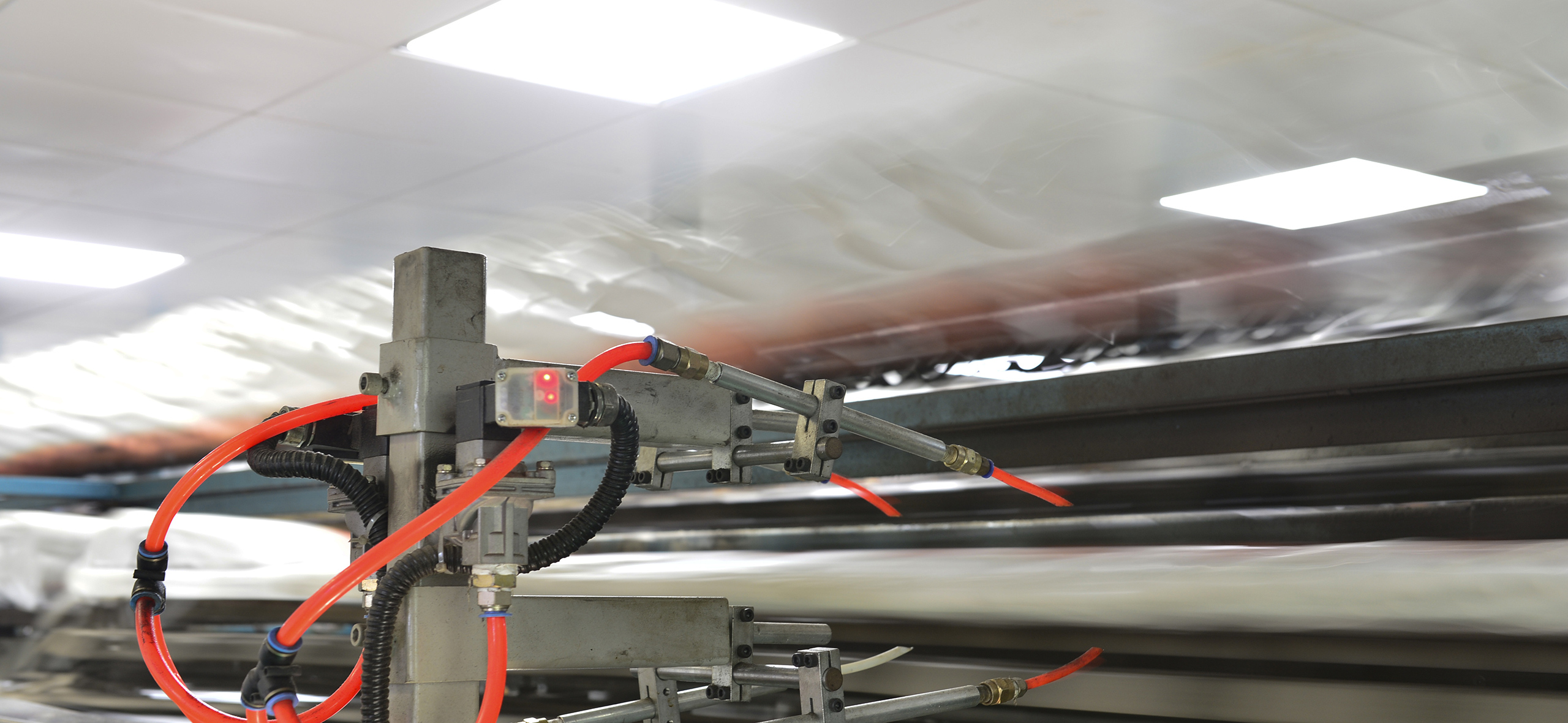
How is a glove produced?
While you are most likely aware of the different types of gloves that are manufactured today, there is an interesting process behind making each type of glove that many distributors and glove wearers are not as familiar with. An example of this is when you compare latex to nitrile and vinyl gloves. While latex gloves are created using natural latex rubber, nitrile and vinyl gloves come from synthetic materials, and are manufactured slightly differently as a result.
Making latex gloves for example, is a multi-stage process and starts from collecting the raw material needed. After workers tap the rubber trees the raw material is centrifuged with the effluent latex. After a 25-day maturity- and stabilization period, the latex is sent to the glove factory, where it’s combined with chemical compounds according to the glove specifications. This ensures the glove’s increased tensile strength and flexibility. The formulation plays a major role in determining the quality of the final product.
On a single or double line, glove formers go through stages of dipping, leaching, rinsing and drying. The speed of the line determines the thickness and strength, the formers the texture and size of the glove. Depending on the glove type, the formers are dipped horizontally (Online) or vertically (Batch).
After the forming process is completed, the gloves need to remove harsh chemicals through a vulcanization- and leaching process. During the leaching phase protein is minimized. Once the gloves pass through these stages, they are washed and dried before they are inspected for testing.